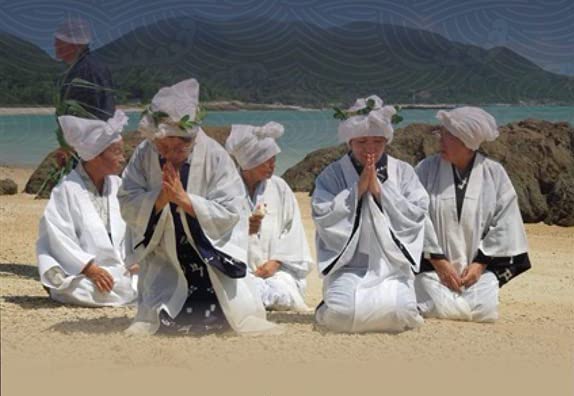The Story of Konpeito, the Colourful Sweet that’s Adored All Over Japan
This sweet comes in several flavours and is made by hand, following a recipe that hasn't changed in hundreds of years.
View this post on Instagram
Konpeito is a traditional sweet can be found on tables at parties and other celebrations. This little colourful, star-shaped sweet actually comes from Portugal. It was first introduced in Japan in 1569 by Portuguese missionary Luis Frois, when sugar refining techniques had yet to be established on a large scale in Japan.
Konpeito were one of the gifts offered to Oda Nobunaga, an important figure in the Sengoku era (1467-1615). These little coloured sweets, named ‘confeitos’, were stored in a glass bottle and were thought of as a luxury.
Since then, the popularity of konpeito has never waned. Artisans use a base of sticky rice transformed into granules, irako, mixed with sugar. The process is repeated several times. It takes 2-3 weeks of hard work to produce the sweets. The craft recalls that of artisans who specialise in amezaiku, Japanese sweets that look like sugar sculptures.
In Kyoto, there’s a place that specialises in konpeito: Ryokujuan Shimizu. The shop offers 50 different flavours, from cherry to soda via chocolate and coconut. It respects seasonal produce and showcases a different fruit or vegetable every month.
View this post on Instagram
Ryokujuan Shimizu
382Yoshidaizumidonocho, Sakyo Ward, 606-8301 Kyoto
+81 75-771-0755
www.konpeito.co.jp/TRENDING
-
The Tradition of the Black Eggs of Mount Hakone
In the volcanic valley of Owakudani, curious looking black eggs with beneficial properties are cooked in the sulphurous waters.

-
The Tattoos that Marked the Criminals of the Edo Period
Traditional tattoos were strong signifiers; murderers had head tattoos, while theft might result in an arm tattoo.

-
Gashadokuro, the Legend of the Starving Skeleton
This mythical creature, with a thirst for blood and revenge, has been a fearsome presence in Japanese popular culture for centuries.

-
‘YUGEN’ at Art Fair Tokyo: Illumination through Obscurity
In this exhibition curated by Tara Londi, eight international artists gave their rendition of the fundamental Japanese aesthetic concept.

-
An Encounter with the Last Shamans in Japan
Sociologist Muriel Jolivet's book offers an analysis combined with a travelogue and interviews with these women with supernatural powers.





